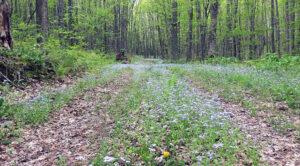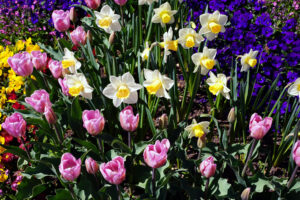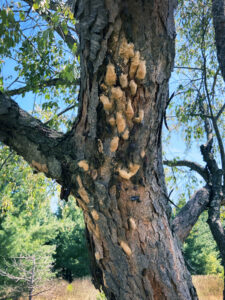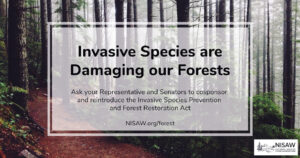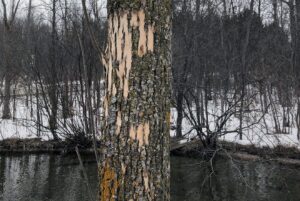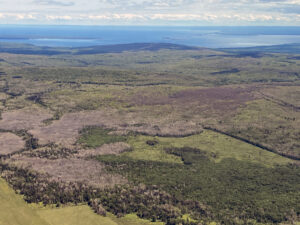By Erika Segerson-Mueller, DNR Invasive Plant Program Specialist, Oshkosh Service Center;
Erika.SegersonMueller@wisconsin.gov or 715-492-0391
Controlling invasive plants on your forested property can be a challenging and costly endeavor. The Weed Management Area – Private Forest Grant Program (WMA-PFGP) helps make this process easier for its recipients. Though the April 1 application deadline is quickly approaching, there is still time to apply for funding for your forest.
Continue reading “Weed Management Area Grant Deadline Nears”

